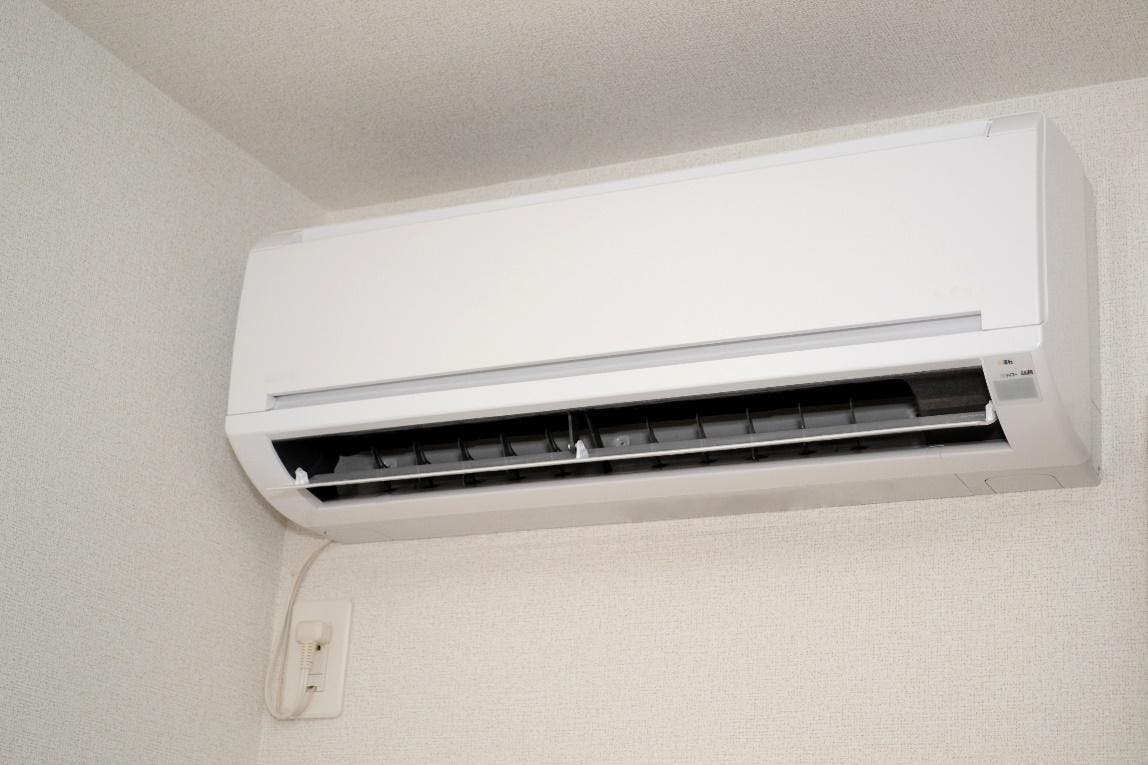In new construction and home renovation projects, we are seeing the increased use of so-called mini splits to heat and cool the home. These are the wall-mounted, ductless units that split its system between outdoor and indoor to provide heating and cooling to a specific area of the home.
If you are considering adding one to a room (either in a house, townhome or condo) – or in an Accessory Dwelling Unit (ADU) or Detached ADU – then here’s the skinny on the mini.
Like central systems, mini splits have two main components: an outdoor compressor/condenser and an indoor air-handling unit. A conduit, which houses the power cable, refrigerant tubing, suction tubing, and a condensate drain, links the outdoor and indoor units.
There are advantages and disadvantages to installing and using mini splits:
ADVANTAGES
- Better Heating of Rooms
Unlike traditional heating/ventilation/air conditioning (HVAC) systems, mini splits can control air in a focused zone or room with precision. This also means the system will be more efficient and save you money in the end.
- Flexibility
Mini splits are generally more compact – about 7-10 inches deep – and out of the way of foot traffic and furniture. They offer placement options in a room – ceiling, wall or floor. They can be hung almost anywhere as long as there is unobstructed air flow through the room/zone. And they almost all come with a remote control.
- Ease of installation
Traditional HVAC systems require the installation and maintenance of duct work. Mini splits, however, are unburdened by large flexible tubing to push air throughout the home. They use a much smaller area – about a 3-5-inch hole for the conduit to fit through the wall and connect to the outdoor system. Most outdoor systems can be up to 50 feet away from the indoor evaporator and connect with up to four units depending on the total energy demand.
- Energy efficiency
Ducts are notorious for losing energy, with up to 30% of generated heating/cooling dissipated by the time it reaches a room – especially when the forced air is passing through unconditioned areas of a home such as crawl spaces and attics. Mini splits are ductless systems that deliver air straight from the unit and provide a more direct line of heating and cooling – leading to huge savings over time.
- Customization
Mini splits are usually smarter pieces of equipment and can offer timers with built-in sleep functionality. Each room/zone can operate on its own thermostat. Traditional heating systems typically are operated through a single thermostat and heat/cool a large area. Even with a smart thermostat, large furnaces heat a whole floor or a few rooms and use more energy.
All sounds pretty good so far. What’s not to love about mini splits? There are a few downsides:
DISADVANTAGES
- Bigger picture
Sometimes it takes more than a quick-fix, mini-split solution to solve your heating and cooling needs. If you own a large home with existing duct work, it might make sense to add more insulation, weatherproof the windows and doors, and install smart thermostats than to develop a patchwork system that includes mini splits in some spots. While more environmentally friendly, mini splits may just not be the right fit in some cases. Ask two or three heating and cooling specialists to show you the cost analysis and energy benefits of both systems before making any change.
- Upfront cost
While mini splits generally offer cost and energy savings over time, initial installation can be expensive with the average price of about $1,750 per ton (12,000 BTU per hour) of cooling capacity. This is about 30% more costly than central air conditioning, minus the ductwork, or about double the cost of installing a window unit AC. If you’re on a tight budget, it might make more sense to go with what’s less expensive today than to consider the long-range savings. If you go ahead with mini splits in at least one room/zone, seek installation estimates from more than one HVAC company and ask if there are incentives or rebates available.
- Installation
Mini splits require proper placement in the room/zone. Improper placement can lead to short-cycling (short bursts of on/off use), which could waste energy and provide incorrect temperature controls. A qualified HVAC installer should guide homeowners as to where to place the unit and if adding wireless thermostats in areas of the room are required.
- Appearance
There is something a little distracting – even possibly unappealing – to having a device hanging off a wall or off the ceiling. While not as obtrusive than a window-installed AC, many homeowners find the look of these air handlers a visual detriment to an otherwise beautiful room.
- Drainage
Outdoor drainage placement is another concern, with some homeowners opting for traditional systems simply because they find such features more attractive.
There are many important decisions throughout homeownership. Choosing the right heating system for every room is one that can be big for years to come. In many home-improvement projects, please consult with experts in their field and ensure they have a good track record. As always, contact me if you have any questions.




